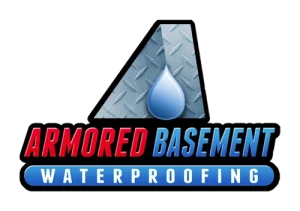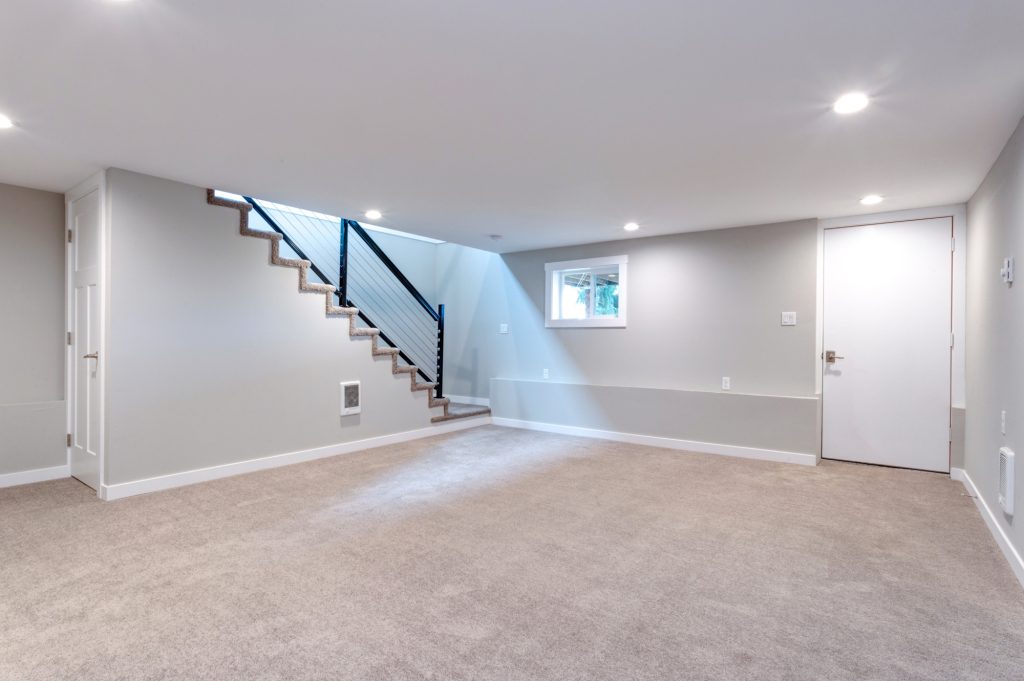Are you looking to learn how to DIY basement waterproofing? Well, it’s certainly possible, but you need to know some things first.
In premise, the first thing you need to do is to determine whether or not hiring a contractor is a more time-efficient and cost-effective approach to the question.
In this article, we will cover everything you need to know about how to get your basement waterproofed, even if you decide not to hire a contractor.
So if you’d like to get started as soon as possible, keep reading.
Consider A Contractor
On average, a typical homeowner will spend about $3500 to seal their basement. In a perfect world, this should have already been done during house construction. But if you just closed a deal, then the problem of a potentially flooded basement will be passed to you.
When you ignore the concern and allow the flood to occur, the problem will only get worse from there. For instance, the repair and cleanup will start at a reasonable rate of $1000. However, in many cases, the damages extend far beyond your expectations, and tens of thousands are not an exception.
The restoration and damage depend on the water type in your basement. These are classified into three in most cases. And they are:
- Clean water, usually coming from a burst pipe
- Gray water, usually coming from contaminated
- Blackwater, usually coming from the sewage and poses certain health risks
As you have gathered, as the category increases, the cost to repair and clean does as well.
DIY Basement Waterproofing
By making use of an appropriate waterproofing sealer, you can mitigate water occurrences. This means you also get to save lots of money in fees and costs of repair if the water was to get through.
For example, if you buy a sealer, you will only spend about $3 on each square foot. A ten by ten basement with a height of 6 feet will cost you about $1000 and that’s because you don’t have to pay a contractor.
However, the true cost will vary based on the type of materials that your basement consists of. A basement that has concrete flooring and walls would have a higher starting price. But, you will still be saving money because that same concrete basement sealed by a contractor could cost $2000.
The water sealer will help prevent moisture, groundwater entry, mildew odors, and humidity. The sealer will protect the basement using a liquid rubber primer that enters the pores of the basement walls and floor.
It’s also very flexible, so it expands and contracts to depend on the temperature. It does not get brittle over time. In fact, the material will bolster mortar and concrete in the basement. Regardless of what occurs outside, water will not enter your home. The best thing to do is to use a product that will last a lifetime if it is installed appropriately.
Let’s get into the DIY basement waterproofing process.
Excavate & Prepare
To defend your basement, you will need to excavate the outer perimeter of it all the way to the base of the foundation. Having the appropriate product applied to the gaps and walls is the key to a successful process.
Gravel, drainage tiles, perforated pipe, crushed stone drains, and other approved materials shall be installed below the area to be protected, and shall discharge via mechanical means and gravity into the approved system for drainage.
Look for Cracks
When you have done the above, clean the wall and look for cracks. If you have found some, apply hydraulic cement to the walls to prevent the leak.
Hydraulic cement will expand with curing. It will fill in the cracks and reduce the likelihood of leakage, and that’s exactly what you want.
Sealant Application
The next step is to apply a cement-based sealant on the exterior walls. These are easy to apply to all types of masonry and concrete surfaces.
This type of sealant will close the pores and harden. In the case of hairline cracks not fixed, you will have to make sure the sealant covers them in this step.
Membrane Application
Furthermore, you need a waterproofing membrane. An asphalt modified polyurethane membrane can be sprayed or troweled on the seal of the foundation against the wall. Elastomeric is made of modified asphalt and provides great waterproofing.
One of the greatest benefits of the membrane is that it can flex and move to fill in the new cracks when they occur. Make sure to use a waterproofing product instead of damp-proof sealants because they will fail.
Drainage Mat
You also need to install a drainage mat with pre-molded dimples. The material uses air gaps so that moisture can travel throughout the drain structure. The drainage mat should be of the same depth as the foundation.
It can also help remove pressure laterally against the foundation.
French Drain
Another optional thing to do is to install a weeping tile or French drain. The pipe must be installed at the base of the weeping below the basement floor. It’s a good idea to have cleanouts that allow easy maintenance.
Backfill with gravel and finish the french drain. Gravel should be 4 inches from grade where cement is poured and 18 inches from grade for earthy locations.
Avoid This
Also, there are some certain things you need to avoid. First, never use tar. It will become brittle and crack.
Don’t use plastic to waterproof either. This material will peel and moisture will enter in unnecessary spots.
Don’t make use of limestone to backfill. Limestone clogs drainage structures, so use gravel instead.
Honest Waterproofing for You
Now that you know how to perform DIY basement waterproofing, you are well on your way to begin your journey. Albeit, the instructions are very vague in this article, you can always learn more about each step directly online.
In any case, if you’d like a specialized waterproofing solution for your home, get in touch with us and we will happily accommodate your needs. Or if you’d like someone to guide you intricately through a DIY process, we can do that as well.

